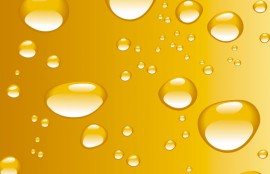
There are no sectoral standards for the classification and validation of lubricating oils for gas engines, therefore neither are there any approved tests to evaluate their performance.
In the absence of this, gas engine manufacturers, in particular, establish some requirements which vary widely and which only approve oils after field tests have been carried out.
There are no sectoral standards for the classification and validation of lubricating oils for gas engines, therefore neither are there any approved tests to evaluate their performance.
Complete control of the oil and the engine is normally required whilst the tests are being carried out, as well as an inspection of the engine (usually one or two cylinders) upon completion of said tests.
Nonetheless, there is a selection criteria based on the ash content of the lubricants, in accordance with the ASTM D-874 regulation, by which the oils are classified into different categories:
| Type de Aditivo | % Additive | Engine |
|---|---|---|
| No ash | <0.1% | (TBN 1-3) natural gas 2T |
| Low ash content | 0.1 – 0.5% | (TBN 3-6) natural gas SI |
| Medium ash content | 0.5 – 1% | (TBN 5-10) natural gas SI DF |
| High ash content | >1% | (TBN 10+) landfill gas SI-DF |
Table. Classification of gas engine oils according to their ash content
For two-stroke engines the use of ash-free lubricant is recommended. However, for four-stroke engines, products with a low or medium ash content should be used in order to prevent wear and to neutralise the acid compounds which have formed.
In certain applications the use of special detergents and corrosion inhibitors is necessary for landfill gasses.
As shown in the following table, many manufacturers specify the level of ash required:
| Manufacturer | Level of ash |
|---|---|
| CATERPILLAR | <0.55% |
| CUMMINS | <0.60% |
| GE JENBACHER | <0.50% |
| WÄRTSILÄ | <0.60% |
| CAT/MWM | <0.50% |
| ROLLS ROYCE | < 0.50% |
Table. Specifications in the level of ash for engines running on natural gas


